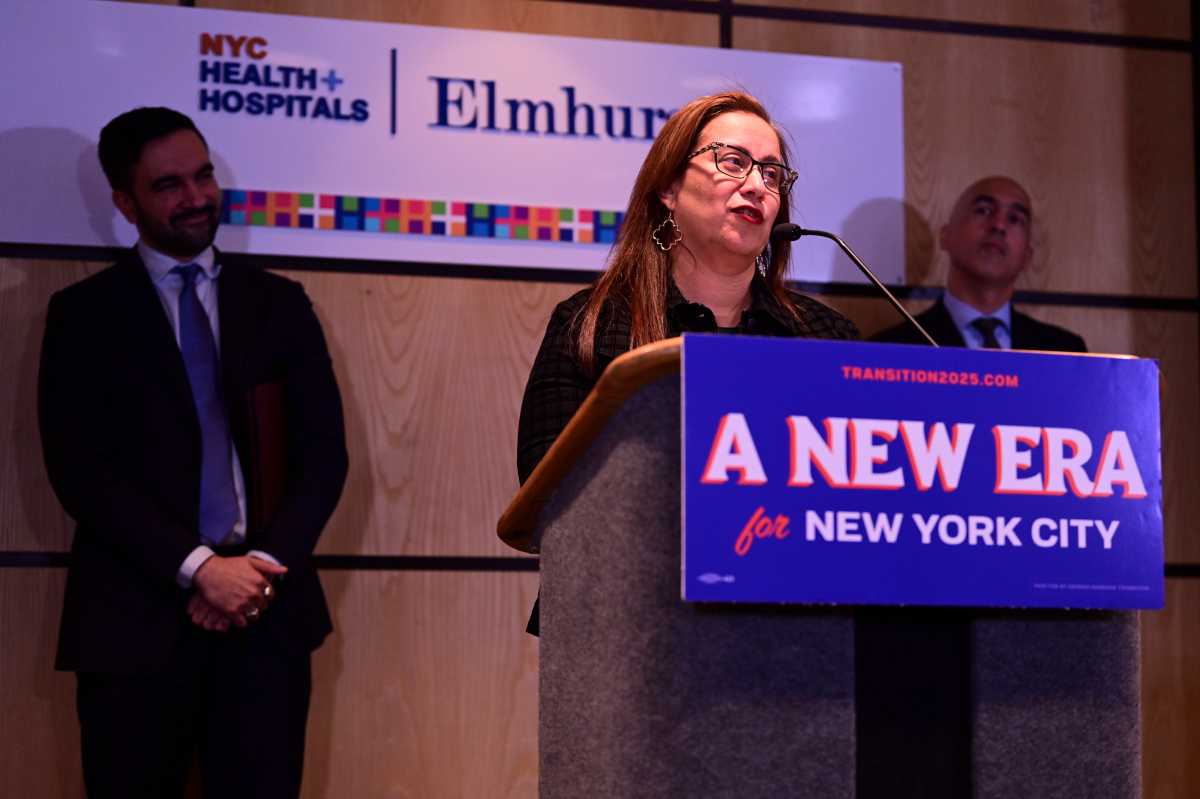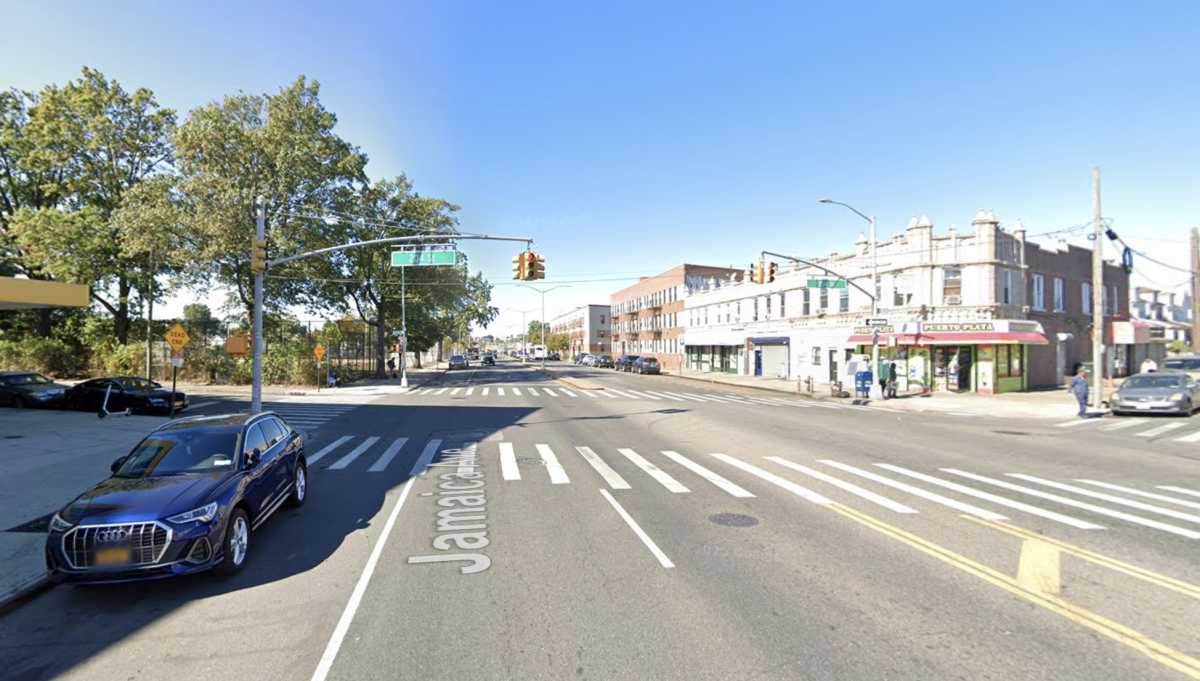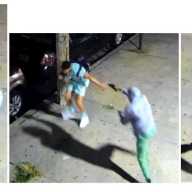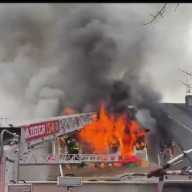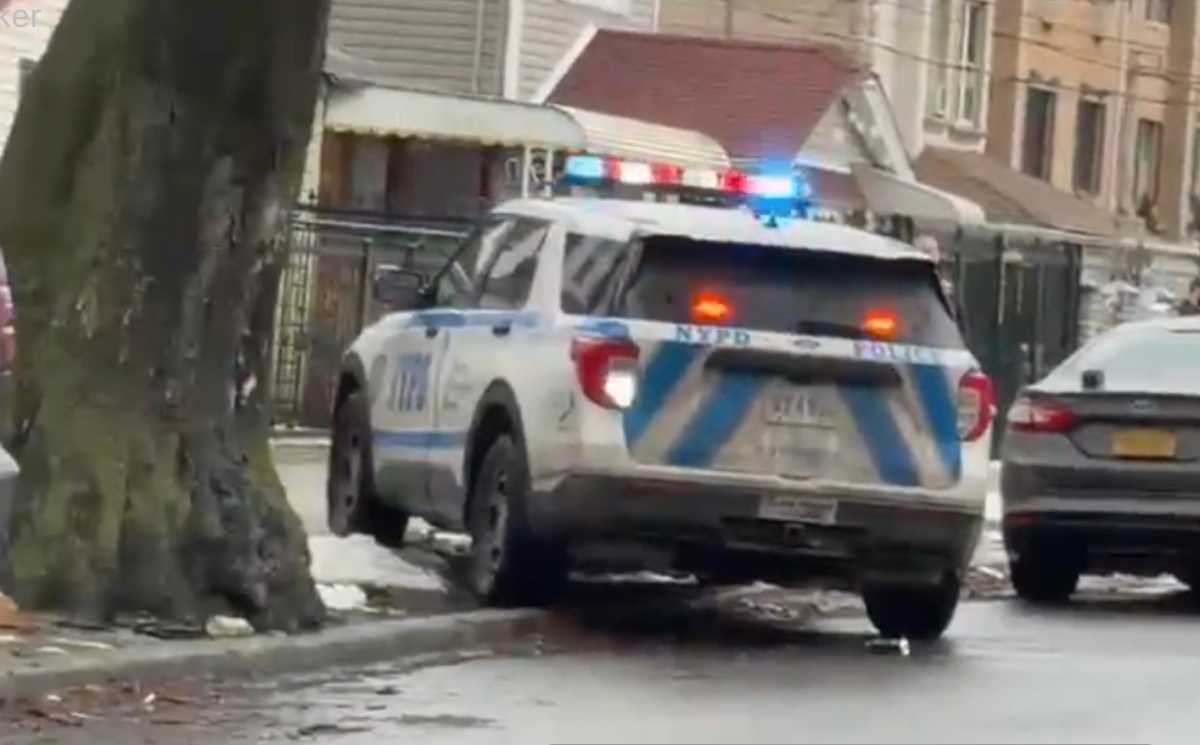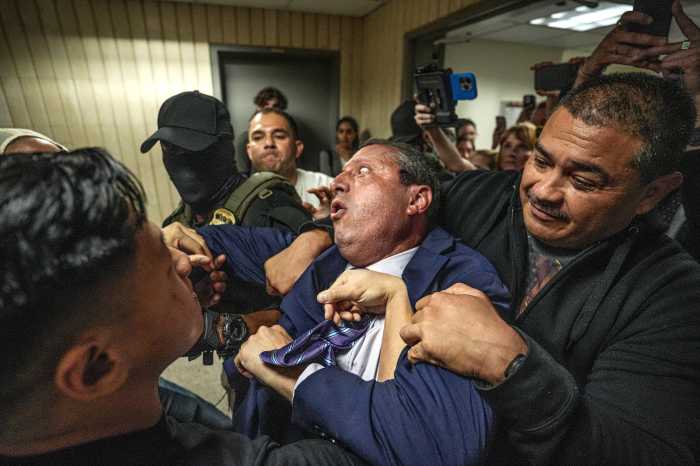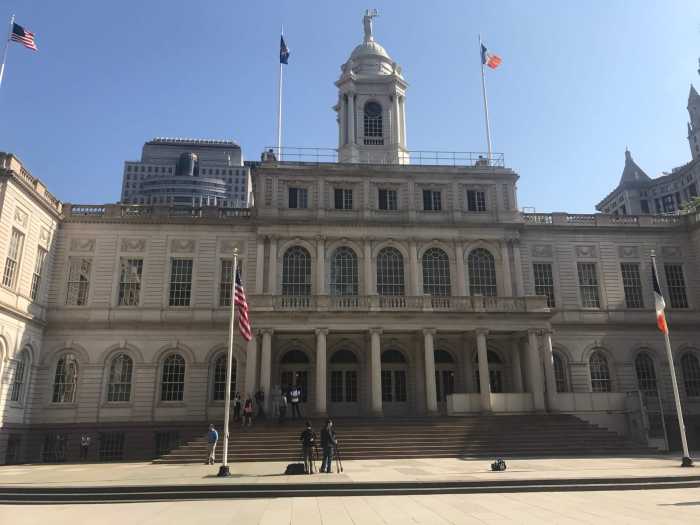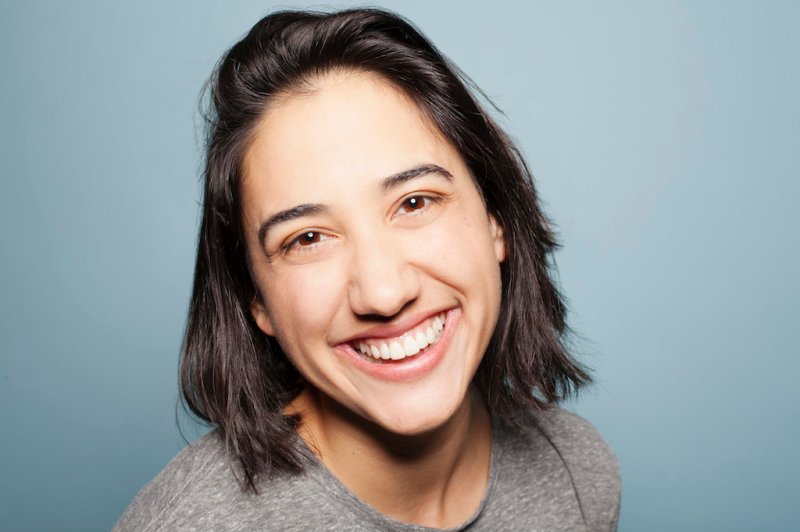By the year 2020, truck traffic in Queens will increase by 83 percent, according to a report released by Congressmember Anthony Weiner.
The report, based upon Federal Highway Administration (FHA) projections, ranked the borough fourth in the City in truck traffic growth. Staten Island is expected to experience the highest increase at 95 percent, and the Bronx the least at 75 percent, during the same period.
Truck traffic in Brooklyn and Manhattan is expected to increase by 93 and 80 percent respectively.
“We want New York City to grow and we want bustling commerce, but at this rate, we are going to choke on our success,” said Weiner on Monday, January 15, who serves on the House Energy and Commerce Committee.
Teresa Toro, New York City Coordinator for the Tri-State Transportation Campaign, an organization advocating for transportation solutions in the Tri-State area, agreed that the FHA projections are daunting.
“Unfortunately [the numbers] are true,” she said. “We’re seeing the math working out.”
Weiner proposed a four-point plan to help alleviate truck congestion, which already has increased nearly 30 percent on City roads since 1998, in conjunction with the report.
Toro, who said there is no plan to manage the City’s transportation issues, commended Weiner for addressing them at a local level.
The Weiner plan recommends that peak-hour truck tolls at city river crossings with existing tolls be increased to discourage truck traffic from passing through the city during those hours.
While raising the tolls is essentially a good idea, Toro said, she noted that unless tolls are levied on all river crossings, truck drivers will use the free routes more heavily and further increase the burden on the communities into which they feed.
Weiner also proposed that businesses be encouraged to receive deliveries during non-peak hours with a tax credits that would compensate them for the resulting staffing costs. The report cites a 2006 New York State Department of Transportation study that found that a tax deduction of $10,000 could persuade more than 20 percent of restaurants to switch to off-peak delivery.
Queens businesses were generally receptive to the idea of off-peak deliveries, although some expressed reservations.
Bob Coccia, owner of Bob Coccia’s Appliance Center in Bayside said that he would consider off-peak delivery, but had concerns about the willingness of truckers to make the time switch.
“We already try to get our deliveries from 4 to 6 a.m.,” said Robert Marchesano, owner of Jamaica Mason Materials, Inc. in Hollis, agreeing that truck transport during off-peak hours is more efficient because traffic is less congested during those times.
“If they offer a tax credit, it might be beneficial to businesses,” said John Ottulich, of York Scaffold Equipment in Long Island City. “But how is it going to disrupt the lives of people who work for those businesses?” he wondered.
Ottulich, referencing the findings of a recently published report that most drivers into Manhattan are city dwellers - many coming from the outlying areas of Queens where mass transportation is limited - thought that a more effective way to alleviate traffic would be to improve transportation alternatives in these areas so people could leave their cars at home.
Weiner proposed that the City move to improve law enforcement training and trucker education as recommended by the DOT.
Finally, the Weiner report noted that because New York City is the only major city not connected to the national rail system, 99 percent of its goods are trucked in. As a result, Weiner proposed that a 5.5-mile freight tunnel conceived by Congressmember Jerrold Nadler be built. The tunnel would run under New York Harbor from Sunset Park in Brooklyn to Greenville Yard in Jersey City and relieve city streets of an estimated one million trucks.








